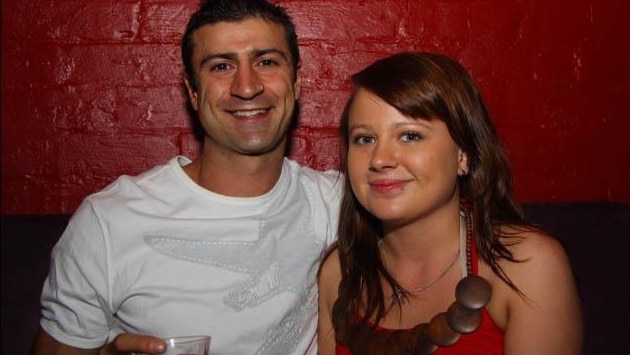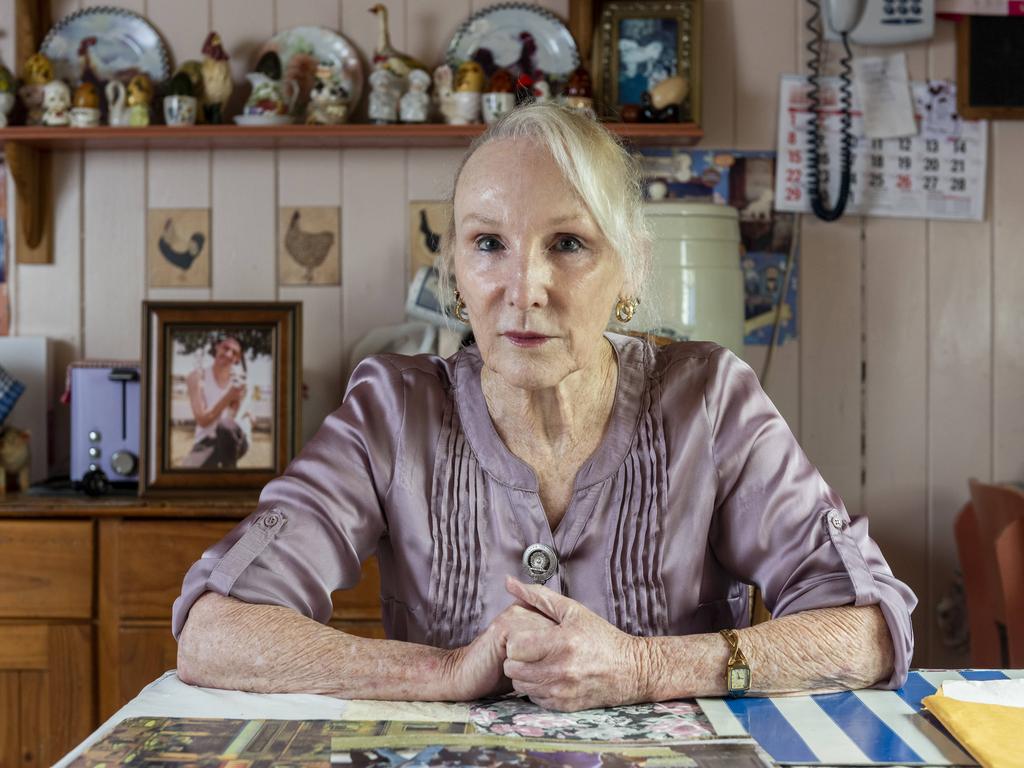DNA forensic evidence guide to help police ‘understand science’
A plain-language DNA guide will be introduced in Queensland after police agreed to a high threshold for testing forensic evidence.

A plain-language DNA guide will be introduced in Queensland after police agreed to a very high threshold for testing forensic evidence despite not “understanding the science behind it”.
The guide, recommended by former Court of Appeal president Margaret McMurdo and backed by the state government, will be written for judges, defence lawyers and police to better understand DNA science.
Ms McMurdo, who led a 16-month review into sexual and domestic violence, recommended Queensland Health develop the guide, which will include key definitions and explain the use of data and the forensic analysis process.
“If investigators, lawyers and judicial officers do not have the skills to understand forensic evidence, they are unable to question and critically analyse results, question witnesses, or provide correct explanations to a jury,” her report found.
“This may mean that systemic trends and issues are not identified and addressed. These failures are apt to undermine confidence in the criminal justice system.”
Ms McMurdo’s probe preceded a separate royal commission-style inquiry overseen by former judge Walter Sofronoff, which will make recommendations to government next Tuesday.
Mr Sofronoff’s inquiry, sparked by The Australian’s podcast, Shandee’s Story, has heard evidence that senior police signed off on an unprecedented DNA testing threshold in early 2018, which meant crucial evidence went undetected for years.
Hundreds of ignored samples from rape and murder cases are now being tested as a result.
Police were given an options paper in 2018, written by two lab managers, Cathie Allen and Justin Howes, which indicated the success rate of finding new evidence when testing samples below the threshold was less than 2 per cent. Years later, police would learn the success rate of finding information useful to investigations was as high as 66 per cent in sexual assault cases and 30 per cent in other major crimes.
Superintendent Dale Frieberg, who signed off on the threshold, told the inquiry she did not understand the report or its consequences. “I wouldn’t have understood it the way in hindsight I should have understood it,” she said. “The options paper (came) from … experts, and I trusted that advice.“
Queensland Law Society vice-president Rebecca Fogerty said it was evident from the Sofronoff and McMurdo inquiries that criminal justice stakeholders did not understand the intricacies of DNA evidence as well as they should.
“Hopefully a guide will aid in the interpretation of complicated DNA information and provide more information about the procedures that underpin collection and storage of DNA,” she said.
“Anything that contributes to increasing knowledge in the community, and empowering criminal justice stakeholders, witnesses and victims is … a good thing.”
Queensland Bar Association president Damien O’Brien said he supported a DNA guide, but did not wish to comment until Mr Sofronoff delivers his findings.







